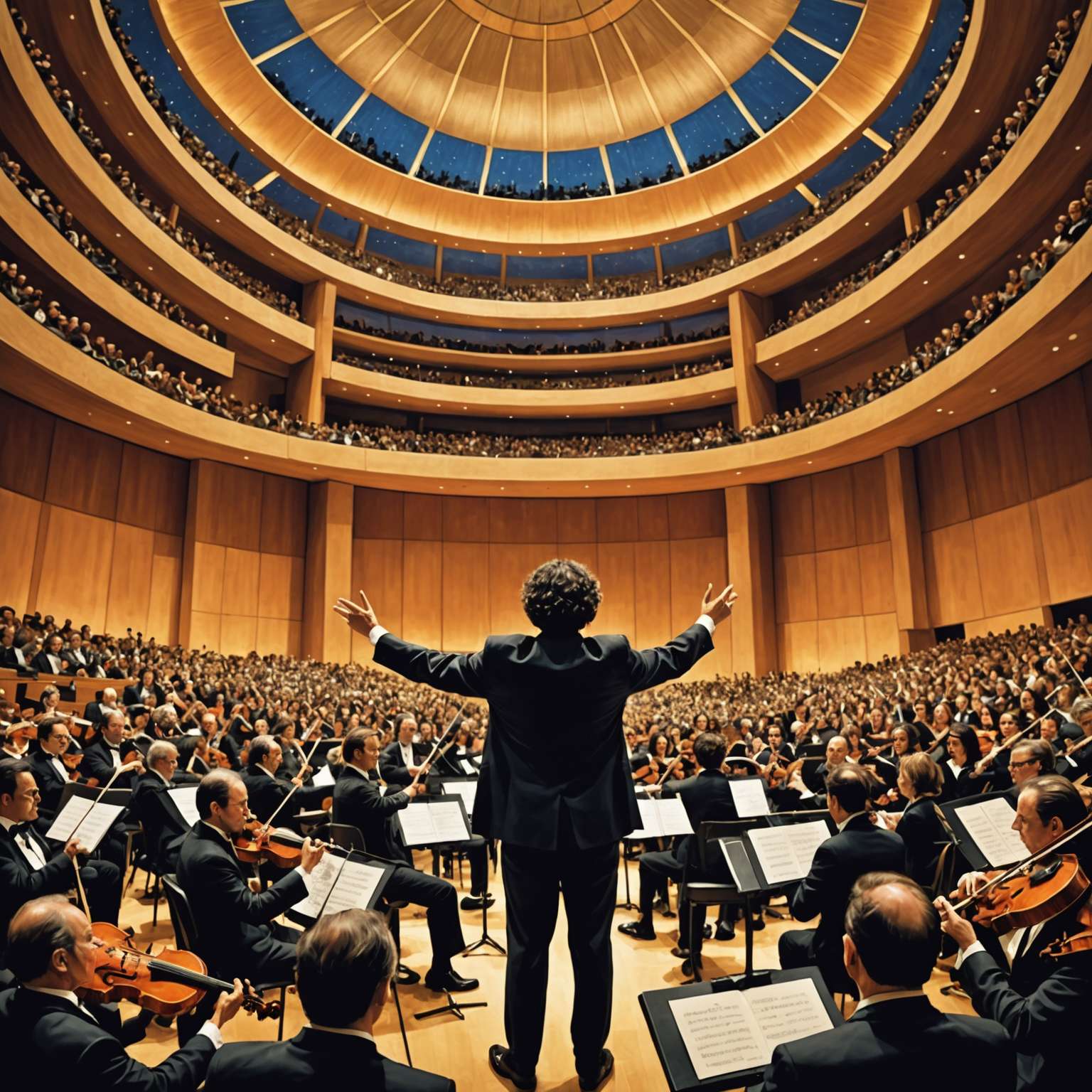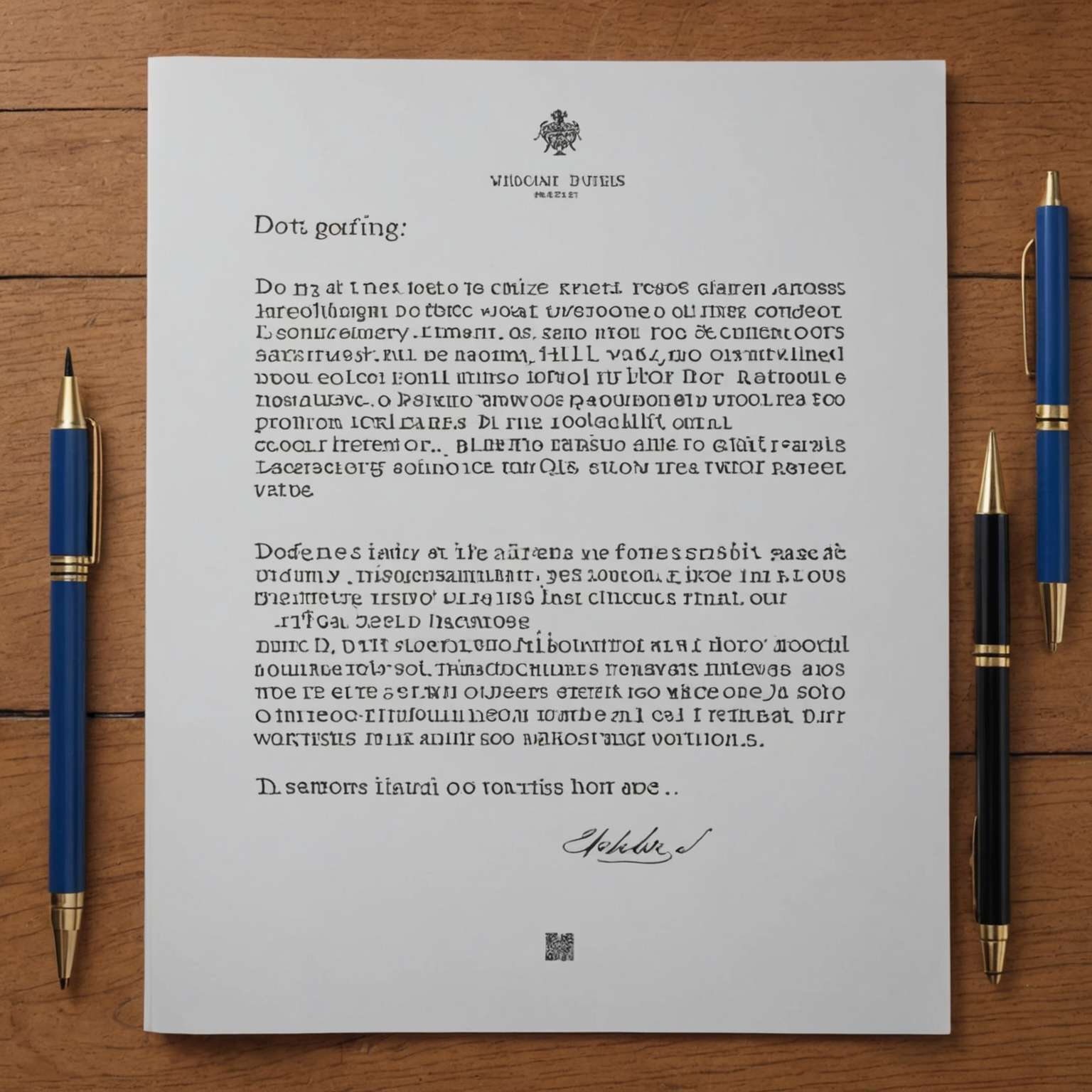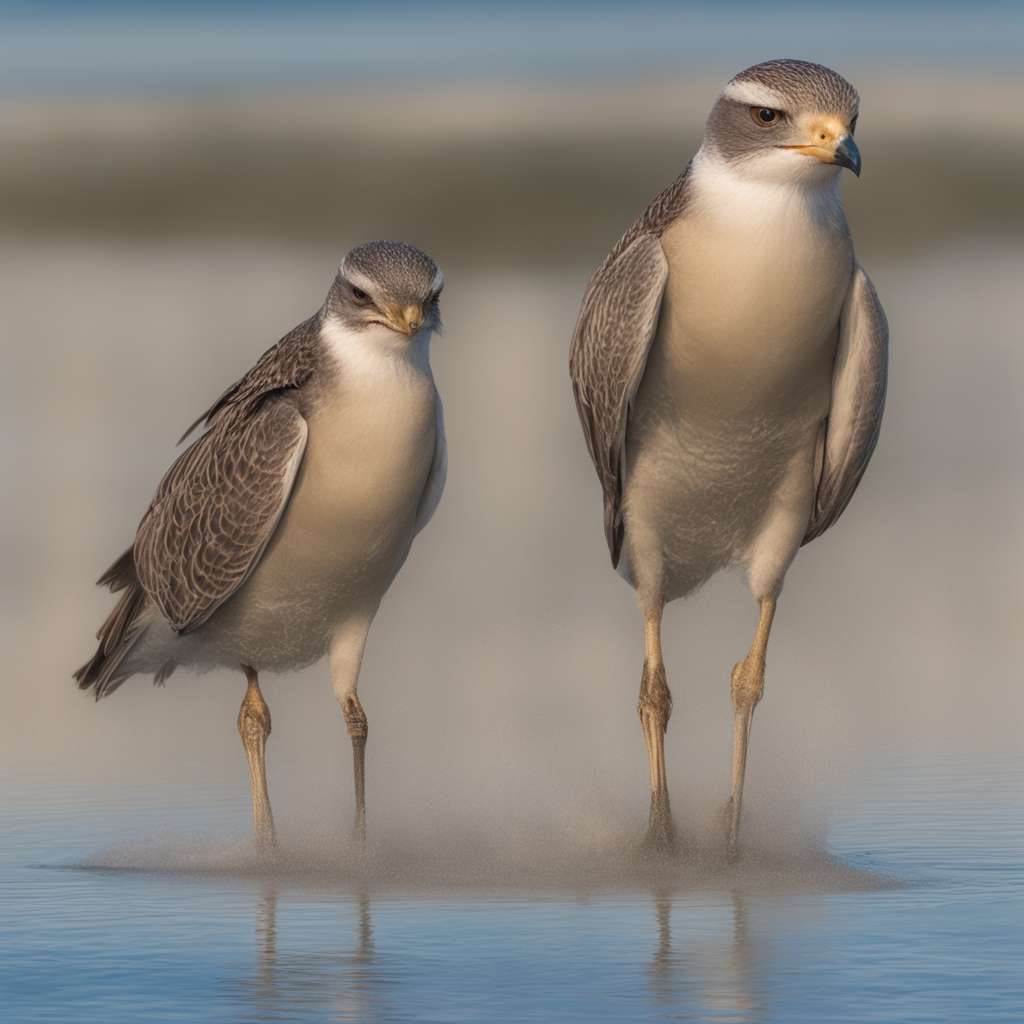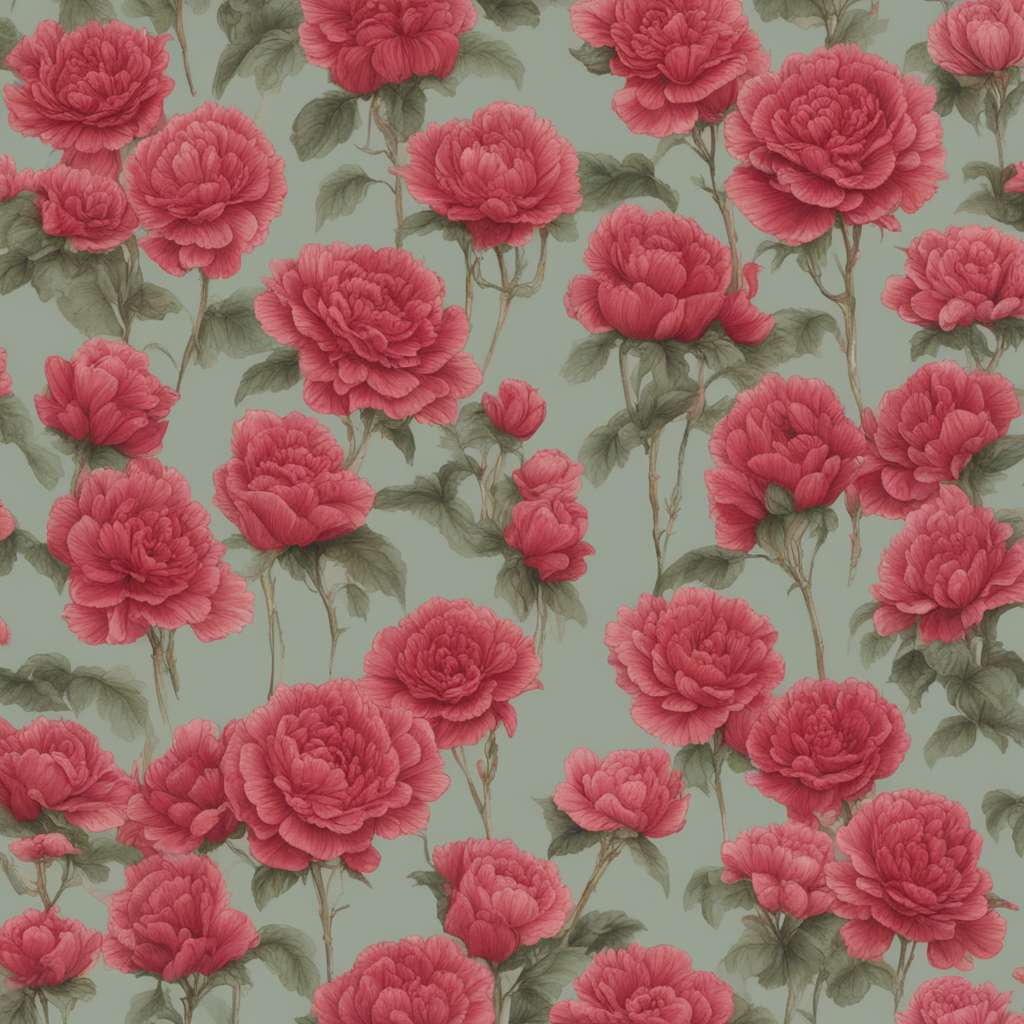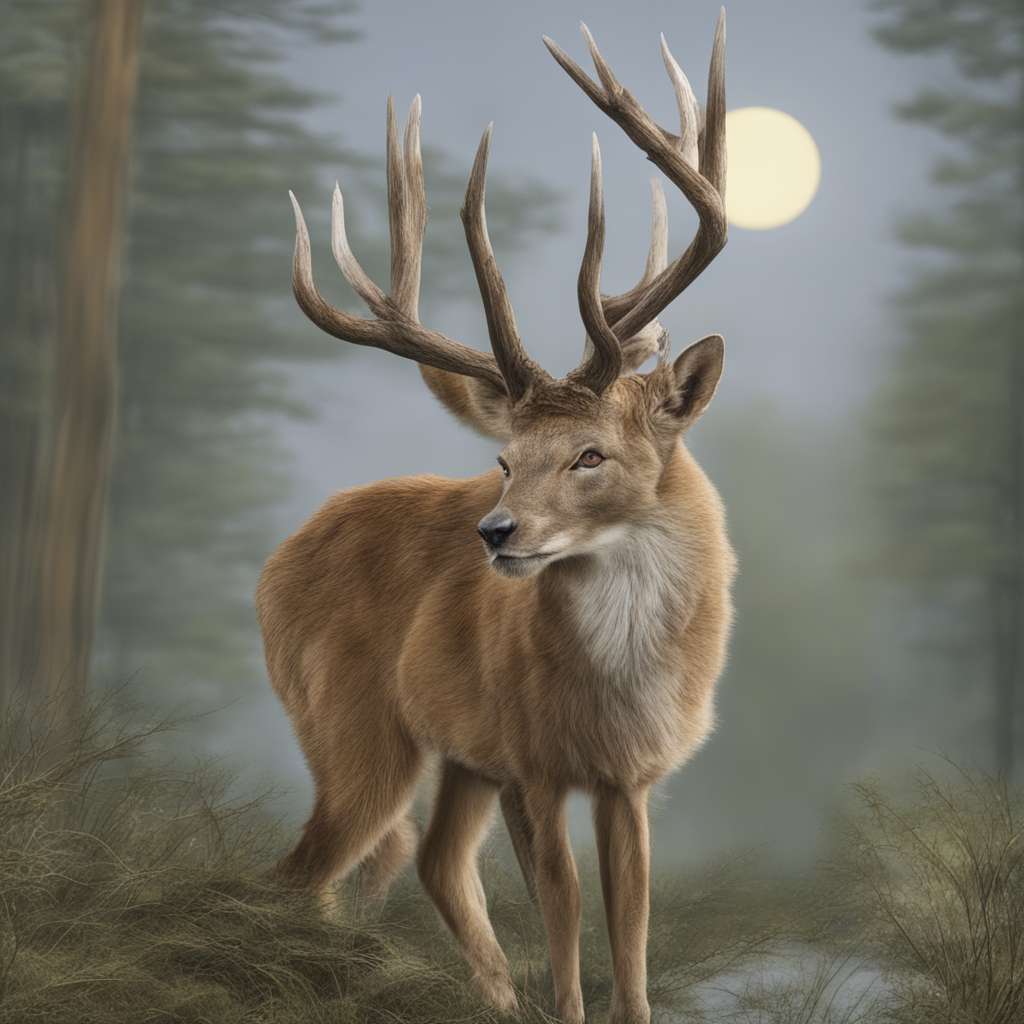
How did raiford rogers’ ‘glassworks’ redefine contemporary ballet at luckman theatre?
- World Premiere: 'Glassworks' made its debut on August 17, 2024, marking a milestone in Los Angeles' arts scene.
- Multi-sensory Experience: The performance combined dance, music by Philip Glass, and visual art, creating a unique artistic fusion.
- Emotional Depth: The choreography included contemporary movements with resistance, adding to the performance's emotional depth, particularly in the piece 'Facades'.
On the evening of Saturday, August 17, 2024, the Luckman Fine Arts Complex at Cal State LA was abuzz with anticipation as audience members poured into the Luckman Theatre. The occasion was the world premiere of “Glassworks,” a new ballet choreographed by the internationally recognized contemporary choreographer, Raiford Rogers. This event was part of the 30th-anniversary celebrations of the Luckman Fine Arts Complex, making it a significant milestone in the Los Angeles arts scene.
The Performance: A Journey Through “Glassworks”
The performance began shortly after 8:00 PM, with the dancers of the Raiford Rogers Modern Ballet taking the stage. “Glassworks” is a ballet divided into four parts, each accompanied by the evocative sounds of Philip Glass’s masterpiece. The precision of the dancers was akin to the sharpness of glass, their movements broken yet fluid, creating a visually dynamic performance.
The opening act set the stage for what was to come, with dancers starting with individualized movements that gradually began to mirror each other, creating a domino effect. This mirroring pas de deux, or ballet with partner work, captured the journey of finding strength within oneself to fly with another. The audience was taken on a journey that began with a woman breaking out of a cocoon and flying effortlessly through the air with her pas de deux partner, concluding with arms outstretched in freedom.
Throughout the performance, the music felt like it was reaching for something, gradually building up to nearly reach a moment of release and clarity. This essence continued throughout the performance, particularly in the piece “Facades,” which had a sense of foreboding and was slightly eerie. The choreography included contemporary movements towards the end, with more resistance, adding to the emotional depth of the performance.

- 🌟 A breathtaking fusion of dance, music... ...
- 😕 While impressive, 'Glassworks' lacked... ...
- 🤔 Did 'Glassworks' challenge traditional ballet norms by... ...
Additional Pieces: “Etudes” and “Chanel”
Following a brief intermission, the performance continued with two additional pieces, “Etudes” and “Chanel.” These pieces had many synchronicities with “Glassworks” in terms of choreography, but each had its own unique character. “Etudes” featured more unison and connection among the performers, making it visually appealing due to the accuracy of execution. The movements flowed in a direction with resistance but traveled through with ease, showcasing the dancers’ technical prowess.
The final piece, “Chanel,” was the most isolated from the others in terms of music and choreography. It featured only female dancers and had a sultry essence supported by a jazzier sound. The piece had the essence of the late Bob Fosse, an influential choreographer in jazz dance. The dancers moved as one, with controlled choreography and unison, concluding the journey with the strength and grace of an individual, much like it began.
The Artistic Fusion: Dance, Music, and Visual Art
The performance was not just a ballet but a multi-sensory experience where dance, music, and visual art converged. Pianist Hui Wu brought Philip Glass’s music to life, enhancing the emotional depth of Rogers’ choreography. The performance also featured projections of evocative painting progressions by artist Mike Nava, creating an unforgettable experience that was a unique journey into artistic fusion.
The Luckman Fine Arts Complex, located just five miles east of downtown Los Angeles, provided the perfect venue for this immersive experience. With its 1,200-seat Luckman Theatre, the complex is known for presenting professional music, dance, theatre, and visual arts, making it a cornerstone of the Los Angeles arts community.
Our Advice on the City
For those visiting Los Angeles, attending a performance at the Luckman Fine Arts Complex is a must. The venue offers a diverse range of artistic experiences that are sure to leave a lasting impression. If you’re planning to attend a performance, make sure to arrive early to explore the complex and perhaps enjoy some snacks, beer, or wine available for purchase.
For the occasional traveler, consider combining your visit to the Luckman with a trip to the nearby Griffith Observatory or a stroll through the vibrant streets of downtown Los Angeles. These experiences will give you a well-rounded taste of the city’s cultural and artistic offerings.
For the more seasoned traveler, delve deeper into the local arts scene by exploring smaller, independent galleries and performance spaces scattered throughout the city. Los Angeles is a hub of creativity, and there’s always something new and exciting to discover.
In conclusion, Raiford Rogers’ “Glassworks” at the Luckman Fine Arts Complex was a mesmerizing blend of dance, music, and visual art that captivated the audience. Whether you’re a local or a visitor, the city’s rich cultural landscape offers endless opportunities for artistic exploration and personal reflection.
Trending now

